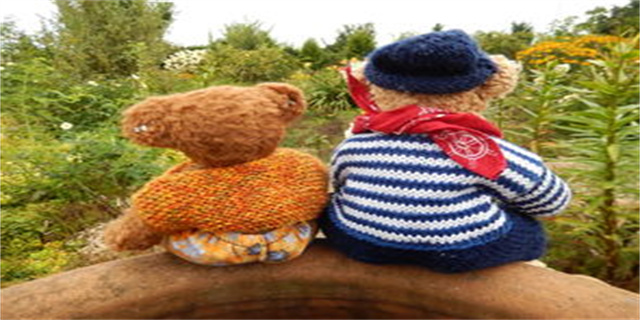camouflage(Camouflage)

Camouflage
Camouflage, also known as cryptic coloration, is a phenomenon observed in nature where organisms have the ability to blend in with their surroundings, making them difficult to detect or identify. This adaptation serves as a defense mechanism to protect the organism from predators or improve their chances of successful hunting. Camouflage can be found in a wide range of species, from insects and reptiles to mammals and birds.
Types of Camouflage
There are several different types of camouflage that organisms use to conceal themselves in their environment. The most common types include:
1. Concealing Coloration: This type of camouflage involves matching the color and pattern of the surrounding environment. Organisms that use concealing coloration often have a similar coloration to their habitat, making it difficult for predators or prey to spot them. Examples include the chameleon, whose ability to change its skin color allows it to blend in with the surrounding foliage, and the arctic fox, whose white fur provides excellent camouflage in snowy conditions.

2. Disruptive Coloration: Disruptive coloration involves the use of patterns or markings on an organism's body that break up its outline and make it harder for predators or prey to distinguish the individual against its background. This type of camouflage can be seen in species such as zebras, whose black and white stripes help them blend together in a herd, making it difficult for predators to single out an individual to attack.
3. Mimicry: Mimicry occurs when an organism imitates the appearance of another organism or object in its environment. This form of camouflage can serve as protection from predators or as a means to attract prey. For example, the walking stick insect resembles a twig, allowing it to blend in with tree branches and avoid detection by predators. Similarly, certain species of butterflies mimic the coloration and pattern of poisonous or distasteful species, deterring predators from attacking them.
Advantages and Significance of Camouflage
Camouflage provides several advantages to organisms that employ this adaptation. Some of the key benefits include:

1. Enhanced Survival: Camouflage increases an organism's chances of survival by reducing the likelihood of predation. When an organism is difficult to detect or identify, predators are less likely to target it, improving the chances of survival and reproduction. Organisms with effective camouflage have a higher likelihood of passing on their genes, ensuring the survival of the species.

2. Improved Hunting: Predators that use camouflage can become virtually invisible to their prey, enabling them to get closer and launch a surprise attack. By blending in with their surroundings, predators can increase their chances of a successful hunt, securing a vital source of food.
3. Conservation Applications: Understanding the principles of camouflage has practical applications in conservation efforts. By studying the camouflage techniques employed by different species, researchers can develop strategies to protect endangered species or manage invasive species more effectively. This knowledge can help in designing effective camouflage patterns for military personnel or developing camouflage materials for various industries.
Conclusion
Camouflage is a fascinating adaptation employed by numerous organisms across the animal kingdom. From insects imitating leaves to tigers hiding within tall grass, camouflage plays a crucial role in promoting survival and ensuring the successful reproduction of a species. By blending in with their surroundings, organisms can avoid predation or improve their hunting success. Furthermore, the study of camouflage has practical applications that contribute to conservation efforts and other fields. Understanding the mechanisms behind camouflage allows us to appreciate the beauty and complexity of nature's designs.











